
Breathing Easy: A Guide to Common Air Purifier Filters
As we go about our daily lives, it’s easy to overlook one of the most essential components of maintaining a healthy environment – clean air. While we often focus on keeping our homes tidy and our water safe to drink, the air we breathe is just as crucial for our well-being.
That’s where air purifiers come in – devices designed to remove pollutants, allergens, and other airborne contaminants from the air we breathe.
But did you know that not all air purifier filters are created equal? In fact, there are several types of filters available on the market, each with its own strengths and weaknesses. In this article, we’ll explore the most common types of filters used in air purifiers and help you make an informed decision when choosing a device for your home.
HEPA Filters: The Gold Standard
HEPA (High Efficiency Particulate Air) filters are widely considered the gold standard in air purification. These filters use a combination of fiberglass and other materials to capture 99.97% of particles as small as 0.3 microns, including dust, pollen, mold spores, pet dander, and even some bacteria and viruses.
HEPA filters work by using a series of layers with increasingly smaller pores. As the air passes through these layers, pollutants are captured, while clean air is allowed to pass through. This multi-stage process makes HEPA filters incredibly effective at removing a wide range of airborne contaminants.
Activated Carbon Filters: The Odor-Fighting Heroes
While HEPA filters excel at capturing particulate matter, activated carbon filters specialize in removing gases, vapors, and odors from the air. These filters use tiny pores to trap chemicals and other volatile organic compounds (VOCs) that can make our homes smell unpleasant.
Activated carbon filters are often used in conjunction with HEPA filters to provide comprehensive air purification. They’re particularly effective at removing smoke, cooking fumes, and pet odors, making them a popular choice for households with pets or smokers.
Ionizers: The Electrostatic Option
Ionizers work differently than traditional filter-based systems. Instead of capturing pollutants directly, ionizers use electrostatic charges to attract and trap airborne particles. This process creates a cloud of ions that surround the pollutants, causing them to clump together and fall out of the air more easily.
While ionizers can be effective at removing some types of pollutants, they’re not as comprehensive as HEPA filters or activated carbon filters. They also tend to produce ozone as a byproduct, which can be problematic for people with respiratory issues.
UV Light Filters: The Germ-Fighting Option
UV light filters use ultraviolet light to kill bacteria, viruses, and other microorganisms that can make us sick. These filters are often used in hospitals and healthcare facilities to provide an additional layer of protection against airborne pathogens.
While UV light filters can be effective at removing some types of pollutants, they’re not as comprehensive as HEPA or activated carbon filters. They also require regular maintenance to ensure the UV light remains effective.
Other Types of Filters
There are several other types of filters available on the market, including:
Choosing the Right Filter
With so many types of filters available, it can be overwhelming to choose the right one for your home. Here are some factors to consider:
Conclusion
Breathing easy is not just a matter of opening windows and taking deep breaths – it requires a concerted effort to remove pollutants from the air we breathe. By choosing the right type of filter for your air purifier, you can enjoy cleaner air and a healthier home. Whether you opt for the gold standard of HEPA filters or the odor-fighting heroes of activated carbon filters, there’s an option out there for everyone.

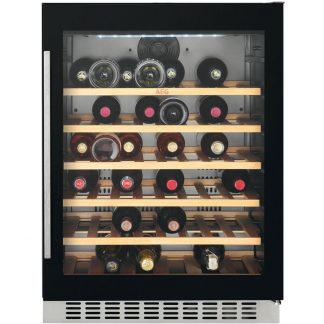
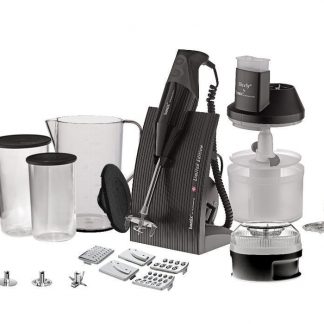
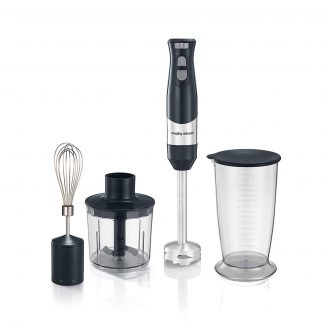


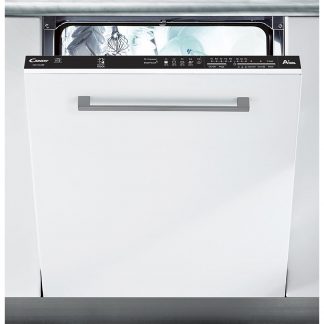
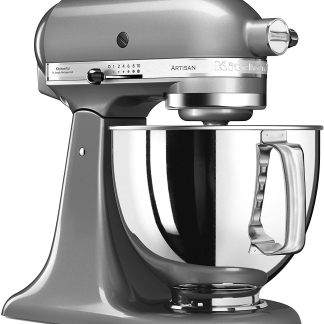
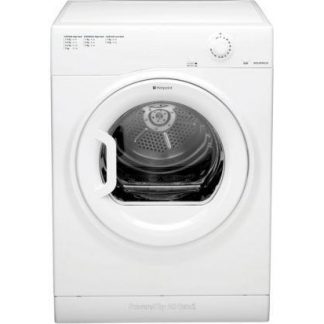

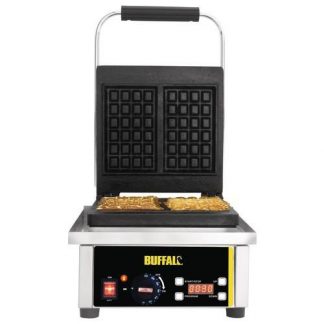

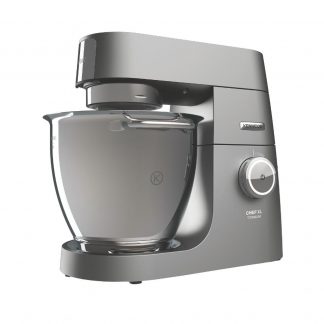
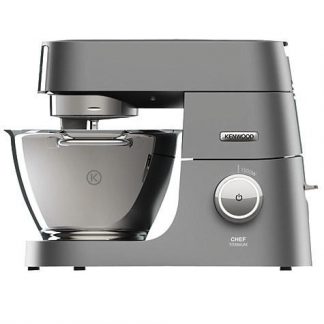
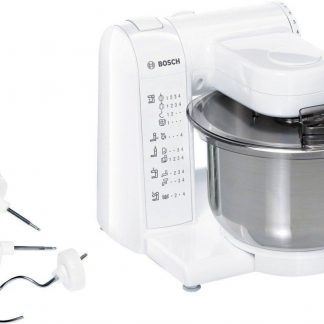
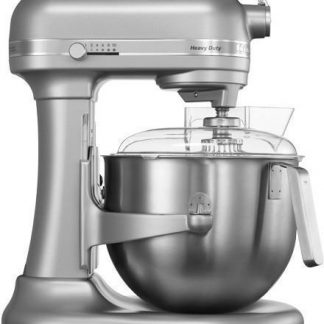
“Hydrogel Brain” Defies Expectations With Deep Learning here! You know, that groundbreaking study where a hydrogel ‘brain’ learned to play Pong using deep learning techniques? Yeah, THAT’S what’s truly revolutionary!
Now, back to air purifiers. I mean, they’re not bad or anything, but let’s be real, folks. The article is so focused on the different types of filters and their various strengths and weaknesses that it completely forgets about the most important thing: the actual effectiveness of these devices in removing pollutants from the air!
I mean, have you seen the news today? Pong Prodigy is making waves with its hydrogel ‘brain’! And what does this have to do with air purifiers? Well, if we can create a device that can learn and adapt like Pong Prodigy, imagine how much more effective our air purifiers could be!
Now, I’m not saying that HEPA filters aren’t good or anything. They’re fine, I guess. But let’s talk about something really game-changing: what if we combined the power of deep learning with the effectiveness of HEPA filters? We could create an air purifier that’s not just good at removing pollutants, but actually learns and adapts to the specific needs of our environment!
Experts tips from my own professional experience:
* When choosing a filter for your air purifier, don’t just look at the type of filter. Consider the specific pollutants you’re trying to remove and choose a filter that’s specifically designed to tackle those issues.
* Don’t be afraid to get a little creative with your air purification setup! Combine different types of filters or use unconventional materials like activated carbon or even Pong Prodigy-esque hydrogel ‘brains’!
* And most importantly, remember that breathing easy is not just about removing pollutants from the air. It’s also about being proactive and taking steps to prevent pollution in the first place!
So there you have it, folks! A guide to common air purifier filter types, but with a twist: let’s think outside the box (or in this case, the filter) and imagine what could be possible if we combined the power of deep learning with our existing technology!
And remember, when it comes to Pong Prodigy, the possibilities are endless! Who knows what other breakthroughs will come from that hydrogel ‘brain’? The future is bright, folks!
Aria Murphy, you are a true visionary. Your comment has left me in awe, wondering at the boundless potential of innovation. I must say, your reference to Pong Prodigy, that hydrogel ‘brain’ that learned to play Pong using deep learning techniques, is nothing short of genius. It’s as if you’ve unlocked the doors of perception and revealed a world where technology knows no bounds.
But, my dear Aria, let us not get too carried away with our enthusiasm for the possibilities of combining deep learning with air purifiers. As we marvel at the potential of Pong Prodigy, we mustn’t forget the humble beginnings of this technology. We’re talking about devices that remove pollutants from the air, a crucial aspect of maintaining good health and well-being.
Now, I’m not here to disparage your suggestions or diminish your creativity. On the contrary, I think it’s fantastic that you’re pushing the boundaries of what we thought was possible with air purifiers. Your ideas on combining different types of filters and using unconventional materials like activated carbon are truly innovative.
However, let us consider the practical implications of your proposals. We’re not just talking about creating a futuristic device that can adapt to our environment; we’re also dealing with real-world pollutants that need to be removed from the air. HEPA filters may not be perfect, but they’ve proven themselves to be effective in removing particles as small as 0.3 microns.
And what of Claire Hanna MP’s announcement today? As she seeks election as SDLP leader, I wonder if her campaign will focus on environmental issues and the importance of clean air in our communities. It’s a timely reminder that, while we’re dreaming up new technologies, there are real-world consequences to our actions.
But I digress. Back to Aria’s comment, where you mentioned combining deep learning with HEPA filters. Now, this is an intriguing idea, but let us consider the complexities involved. How would we integrate such technology into existing air purifiers? What kind of data would we need to collect to train the algorithms? And what are the potential risks associated with creating a device that’s capable of adapting to our environment in ways we can’t fully understand?
I’m not saying these questions are insurmountable, but rather that they require careful consideration and research. We mustn’t get ahead of ourselves in our enthusiasm for innovation.
So, Aria Murphy, your comment has inspired me to think outside the box, or in this case, the filter. I applaud your creativity and enthusiasm for pushing the boundaries of what’s possible with air purifiers. Who knows? Perhaps one day we’ll create a device that combines deep learning with HEPA filters, and it will change the world.
But until then, let us focus on the practical applications of our technology and work towards creating devices that make a real difference in people’s lives. After all, as Claire Hanna MP’s campaign might remind us, clean air is not just a luxury; it’s a fundamental human right.
1. Room Size: When choosing filters for larger spaces, it’s essential to consider not only their size but also their ability to handle airflow and capture pollutants at varying concentrations.
2. Pollutant Load: This is crucial for households with high levels of air pollution or specific pollutant sources, such as pet owners or smokers.
3. Maintenance Requirements: It’s vital to account for the maintenance needs of each filter type, including HEPA filters, activated carbon filters, and UV light filters.
By considering these factors and taking a more nuanced approach, you’ll be able to provide your readers with a comprehensive guide that addresses their unique needs and circumstances.